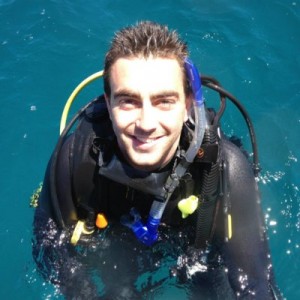August 26, 2015 – Volume 17, Issue 2: The Dalai Lama on Climate Change
In This Issue
Flanigan’s Eco-Logic
What do Fukushima, Block Island, and Cuba Have in Common?
Windpower Monthly’s Top 10 Largest Wind Turbines
Get Ready for Hybrid Houses
U.S. Conference of Mayors Awards…Solar Santa Monica
EcoMotion Welcomes New Staff
Natural Gas Generation Surpasses Coal
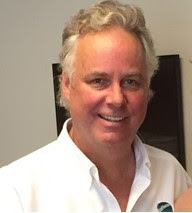
Flanigan’s Eco-Logic: The Dalai Lama on Climate Change
The invitation came from Teri Osbourne at Santiago High School in Garden Grove. She’s “the APES teacher” there, Advanced Placement Environmental Studies. “You guys want to come with us to see the Dalai Lama speaking on climate change?” Sure, University of California at Irvine Bren Center here we come.
Never a dull moment in life. Today it’s the 14th Dalai Lama’s Global Compassion Summit on the Effects of Climate Change. We head into “the OC” (Orange County), to UCI, and park near massive solar arrays, stark superstructures on this grey day. Protestors beat drums, shout in megaphones, and litter the crowd with paraphernalia. They claim that the Dalai Lama is a fake, a lie, and not to be trusted.
A few weeks earlier the Pope pontificated on climate. He gave an “environmental encyclical,” a 182-page statement about our moral imperative to protect our planet, our home. Now the Dalai Lama speaks out on his 80th birthday. It’s all about compassion.
University of California at Irvine was recently rated the number one green university in the nation for the second year in a row. UCI was founded in 1965 and is now 50 years old. Its Bren Event Center is surprisingly spacious and calm. We listen to musicians and Hopi dancers and anticipate the event.
The main session begins rather spontaneously. The session moderator – Ann Curry — informs the audience about what’s taking place on stage. She jokes that His Holiness does not follow protocols. Look, she waves, he’s just headed out on stage before his queue and can now be seen milling about in the shadows! We hear chuckles from his live microphone. He’s mischievous.
University of California Regent Richard Blum, Diane Feinstein’s husband, introduces “His Holiness.” As a climber in Tibet, Blum met the Dalai Lama years ago. He’s considered the Dalai Lama a friend every since. His Holiness prays for five hours a day, channeling his own energy, perhaps all one can really do. Through HH’s interpreter we learn an old Tibetan expression, basically that you have to heal the chancre sore in your own mouth to be able to heal the planet.
The Dalai sits back. He’s respectful of all and clearly playful. He jokes around, purposefully breaking protocol. He interrupts the program to pay great respect to his elder on stage, the 97-year old oceanographer Walter Munk who still works seven days a week to raise awareness about the perils of climate change. The Dalai Lama makes him share his oversized chair, holds his hand, and fondly leans his head on his shoulder. Munk has a huge grin on his face throughout. He has a new bud.
On climate, the Dalai Lama does not bother with, nor is phased by, technical details, only the big picture. He let’s the experts shine with solutions. And all the Dalai Lama sees are solutions to climate protection. He is optimistic and relevant: He believes that California’s water shortage can be eliminated with desalinization driven by solar power. He sees a future for California with many more trees and much more agriculture. He envisions a bright future. All we need is to exercise compassion.
It’s hard to understand each word that His Holiness utters. He has a thick dialect, a reserved voice, and a somewhat limited English capacity. But one quickly senses his warmth, soul, and sense of duty. In 1940 he was enthroned; by 1950 he assumed full political control of power in Tibet. Then the Tibetan region was taken over by the Chinese Communists in 1959. Monks were jailed, their monasteries pilloried, and their traditions chastised. Those that could sought religious freedom in northern India. Dharamshala became the home of the Dalai Lama in exile.
Ann Curry, former NBC Today Show host, is a moderator extraordinaire, charming and respectful. She lobs friendly questions to each the UCI Chancellor, a Board of Regents member, three faculty members, and U.S. Congressman Loretta Sanchez. They reinforce His Holiness’s perspective: Climate action is not bound by technical limits. Instead the panelists all agree that the issue is one of faith. To survive and thrive, our religious and spiritual leaders need to lead. We must turn to compassion and scale, deploy, and share solutions.
Similarly, several speakers said that it’s not about protecting one’s country, but putting the global society first. The interconnectedness is revealed by sea levels rising, reportedly as much as a meter in our lifetimes. We are comforted by activist Mia Yoshitani’s vision, a vision that she says is far greater than the threat at hand… a vision for a better society, a more loving society.
The session ends with a fitting tribute. U.C. San Diego professors including panelist Veerabhadran Ramanathan are studying the state of the planet deep at sea. There, they are finding and researching new organisms. Recently they decided to name a newly discovered marine species after the Dalai Lama… the “Sirsue Dalailamai.” Why? It gives more than it takes. Like the Dalai Lama, its existence on Earth is truly net positive.
And here at UCI, on his 80th birthday, and as usual we understand, Ann Curry makes clear that he has given each of us much more than he took, filling our souls with a bit of levity, decency, and compassion for each other and all global citizens.

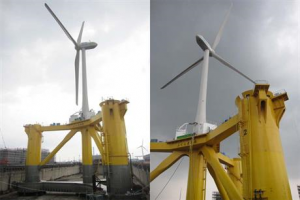
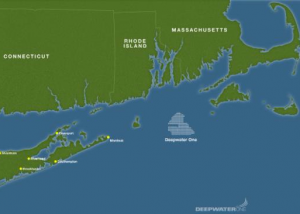
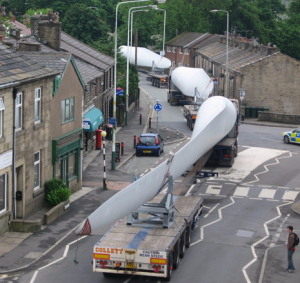
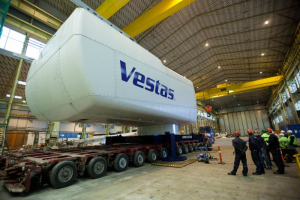
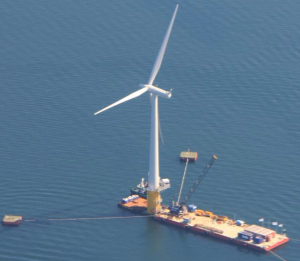
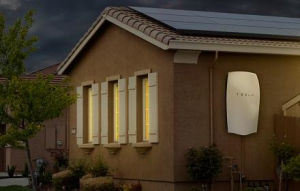
 The U.S. Conference of Mayors honored Santa Monica on June 19th in San Francisco with a U.S. Mayors’ Climate Protection Award for its successful Solar Santa Monica initiative. Solar Santa Monica has helped Santa Monica residents and businesses convert their homes and commercial buildings to solar power for over eight years.
The U.S. Conference of Mayors honored Santa Monica on June 19th in San Francisco with a U.S. Mayors’ Climate Protection Award for its successful Solar Santa Monica initiative. Solar Santa Monica has helped Santa Monica residents and businesses convert their homes and commercial buildings to solar power for over eight years.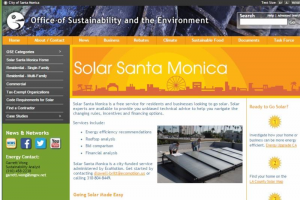 Solar Santa Monica exemplifies how Santa Monica’s Office of Sustainability and the Environment helps to connect residents and businesses with smart energy solutions. The program provides comprehensive services for residents, businesses, and academic institutions go solar by reducing the anxiety and risk to the prospective consumer. The prevalence of solar technology throughout the community has continued to reinforce Santa Monica’s commitment to being a leader in sustainability. The result is Solar Santa Monica is a valued resource and recognizable brand in the community.
Solar Santa Monica exemplifies how Santa Monica’s Office of Sustainability and the Environment helps to connect residents and businesses with smart energy solutions. The program provides comprehensive services for residents, businesses, and academic institutions go solar by reducing the anxiety and risk to the prospective consumer. The prevalence of solar technology throughout the community has continued to reinforce Santa Monica’s commitment to being a leader in sustainability. The result is Solar Santa Monica is a valued resource and recognizable brand in the community.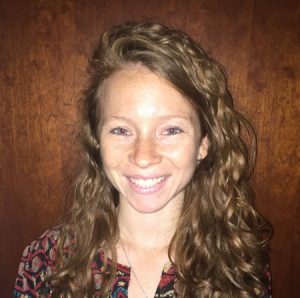 Emily Schweitzer brings a strong background in student engagement and leadership development to EcoMotion campus clients. As a student at Clark University, Emily founded and headed the Ecological Representatives (Eco-Reps) and Ecological Volunteers (Eco-Teers) programs and later served asthe Campus Organizer for Power Shift 2009. Building off of this momentum, Emily brought the Leadership Campaign to Worcester schools, generating robust student-led movements on three universities advocating for bold climate change policy in Massachusetts, involving sleep-outs on the Boston Commons and lobbying of local officials.
Emily Schweitzer brings a strong background in student engagement and leadership development to EcoMotion campus clients. As a student at Clark University, Emily founded and headed the Ecological Representatives (Eco-Reps) and Ecological Volunteers (Eco-Teers) programs and later served asthe Campus Organizer for Power Shift 2009. Building off of this momentum, Emily brought the Leadership Campaign to Worcester schools, generating robust student-led movements on three universities advocating for bold climate change policy in Massachusetts, involving sleep-outs on the Boston Commons and lobbying of local officials.